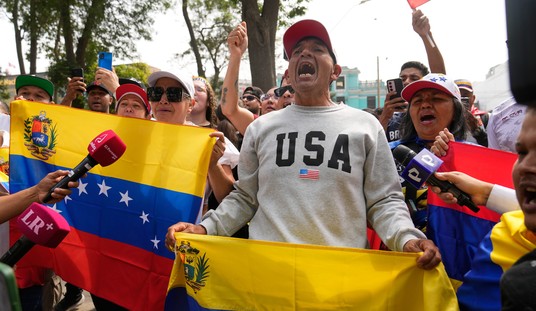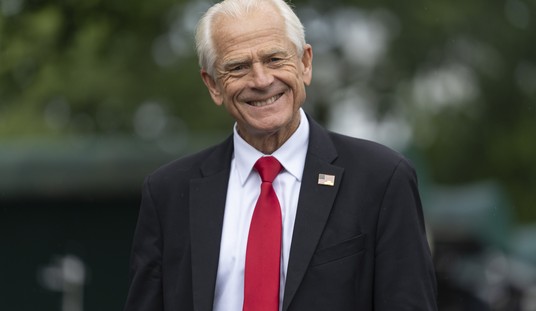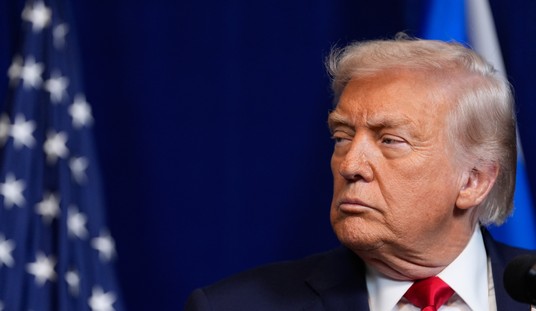People who work with statistics on a regular basis can attest that there is a big difference between data and information. There is also a big difference between information and knowledge, and another between knowledge and wisdom. Keep this in mind when reading yesterday’s USA Today story about non-candidate PACs and their distribution of funds, which focused on Herman Cain — but also included some reporting on Mitt Romney and Sarah Palin as well:
A political action committee formed by Republican presidential hopeful Herman Cain to help GOP contenders in the 2010 elections raised more than $220,000 but donated only $2,000 to the party’s candidates last year, federal election records show.
The rest of the money was spent on private air travel, hotel bills and restaurant tabs across the country, including more than $8,000 in Las Vegas alone. In many cases, the spending was tied to political events in which Cain was a featured participant, such as a July 2010 Right Online conference in Las Vegas.
Cain announced the formation of the Hermanator PAC in an e-mail to his “Hermanator’s Intelligent Thinkers Movement” on May 27, 2010. The movement is an online outgrowth of his motivational speaking business, T.H.E. New Voice.
“By agreeing to help The Hermanator PAC, either by volunteering or by giving a monetary donation, you will be helping to elect conservative candidates that share our principles and values,” the e-mail said. “Let’s send President Obama, Nancy Pelosi and Harry Reid a message for the right kind of change.”
This accurate report of the data looks damning in this case, but it’s only a single data point. It’s not until later in the article that readers get some important context, which is that only 13% of the funds raised by Mitt Romney’s non-candidate PAC in the 2010 cycle went to Republican candidates, and slightly under 12% of that raised by Sarah Palin’s PAC went directly to Republican candidates in the cycle. These weren’t the only three prominent Republicans building this kind of organization in the 2010 cycle, either; Tim Pawlenty’s Freedom First PAC raised $3.38 million and only contributed $215,111 to other campaigns for a 6.4% contribution rate, for example.
The figures from Cain’s organization look less efficient than the other non-candidate PACs, but there is an economy of scale at work here as well. Relatively speaking, Cain didn’t raise much money at all, which meant that more of it went for more fundraising and the expenses those incur. Pawlenty raised some significant cash, so he had more “disposable” income to donate in key races. Romney and Palin did even better and so could divert a higher percentage to GOP candidates, but on a percentage basis, none of them were efficient distributors of these funds for the purpose of electing other Republicans in 2010. (Newt Gingrich’s PAC, American Solutions, broke the mold somewhat by raising $736,729 and sending $224,750 to other campaigns for a 30.5% rate, but Gingrich had a separate 527 with American Solutions going at the same time.)
Clearly, these PAC vehicles are inefficient for contributors who want to directly boost the chances of actual contenders in elections — but that’s not their real purpose. The real purpose of these non-candidate PACs is to provide a test for future presidential candidates. Can they raise the funds necessary to compete? Do they have real draw among the base of the party willing to toss in some cash, in this case for a midterm cycle? Along the way, the “non-candidates” accumulate a significant e-mail base for future fundraising, and use the money mostly for more fundraising and some personal appearances on behalf of other candidates, while raising their own profile in anticipation of their next campaign.
The USA Today story has a few lessons to teach, but one of them isn’t that Cain did something funny with his PAC money. First, if people want their political contributions to go to races, it’s best to donate directly rather than through a PAC. The second and closely related lesson is that non-candidate PACs don’t serve anyone’s purposes but the non-candidate in question, so if contributors want to show their support for a presidential candidate in a future cycle, these PACs aren’t a bad way of doing so — but the people who put $5.6 million in Palin’s PAC in anticipation of a presidential run might not feel that their money was well spent, either. Finally, the third lesson from the performance of Cain’s PAC might be more along the lines of its underperformance as an indicator of future issues with a campaign.








Join the conversation as a VIP Member